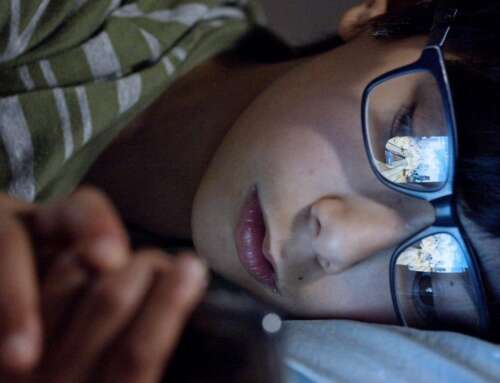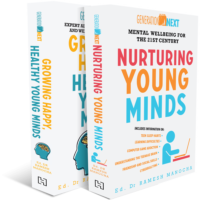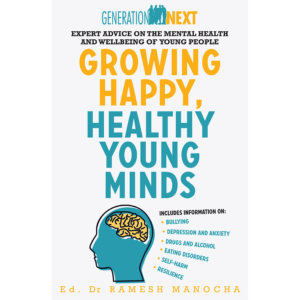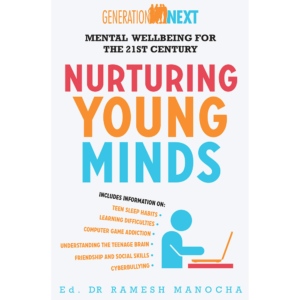Checking in again from 2040.
When technology finally learned to talk to itself, the result wasn’t just incremental change—it was a fundamental shift. The rise of the Internet of Things (IoT) didn’t just mean more connected devices; it meant systems that worked together in ways we hadn’t anticipated. Across industries, this interconnectivity reshaped efficiency—traffic flows synchronised, energy use became seamless, and agricultural productivity surged as smart farms optimised every stage from soil monitoring to harvesting.
Education was no exception.
Smart classrooms emerged, capable of adjusting lighting, sound, ventilation, and temperature in real-time to maximise focus and learning outcomes. Chairs with embedded sensors responded to individual students, providing just the right amount of movement to regulate attention. Learning environments didn’t just serve students—they adapted to them.
The broader revolution came from neuroscience. The power of music, movement, and rhythm in regulating attention and emotion was no longer a fringe theory but a design principle. Schools evolved into dynamic spaces—soundscapes tuned to cognitive states, sensory gardens fostering calm and creativity, interactive holograms deepening conceptual understanding, and walking labyrinths encouraging mindful reflection.
Meanwhile, teaching itself transformed. Every student’s learning strengths, skills, and progress were mapped in real time. Learning dashboards didn’t replace teachers—they empowered them, amplifying their ability to track executive function, skill acquisition, and well-being. The result? More precise, targeted interventions.
And then there was the shift in well-being. Biometrics and wearable trackers put students and families in the driver’s seat, allowing them to monitor and manage health, focus, and emotional regulation with real-time feedback. Well-being was no longer a vague aspiration—it was embedded in daily learning.
I wonder how long it will take for today’s education system to implement even the first steps of this shift. Are there early signs of this happening already?
Hope things aren’t too frazzled back there in 2025.
More soon.
Andrew Fuller
inyahead@aussiebb.com.au







